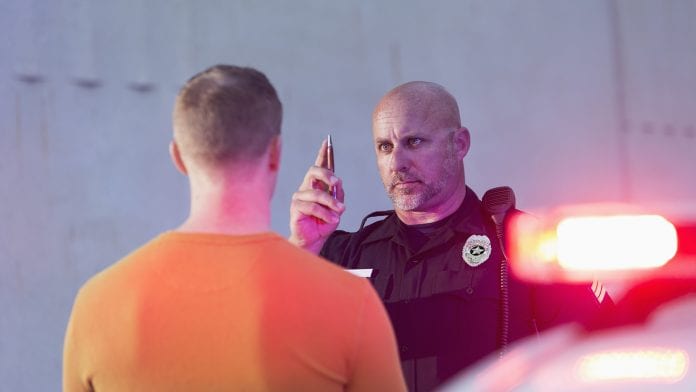
Legalisation of cannabis by several countries and US states has raised legitimate concerns about increases in impaired driving and threats to workplace safety.
Unfortunately, many of the government actions being taken to address the concerns over cannabis and driving while well-intentioned, are seriously flawed, because of their focus on detecting recent substance use rather than assessing cognitive and motor impairment
Looking to the US, consider the legislation recently proposed by Massachusetts Governor, Charles Baker, to enact recommendations of the state’s Special Commission on Operating under the Influence and Impaired Driving. This particular bill states that the presence of any intoxicating substance or its metabolites in a driver’s system, as indicated by a breath analysis or a chemical test of blood or ‘oral fluid’, shall be admissible as evidence of that individual being under the influence of drugs whilst driving.
Public safety concerns regarding cannabis and driving
The public safety concern here is not cannabis or other drug use itself, but whether that use produced an intoxicated state that led to demonstrable impairment. These tests can indeed detect ∆9-tetrahydrocannabinol (THC), the primary psychoactive constituent of cannabis, but in fact there is no blood, saliva, or breathalyser analysis that can ascertain whether a person who has used cannabis is actually impaired, and there is no level of THC in blood or oral fluid that can discriminate between an impaired and unimpaired person.
Why this is the case is well understood. A primary factor is that THC does not linger very long in the bloodstream. Occasional users may be impaired for several hours after their THC blood level has dropped to near zero, creating a false negative if, as often happens, blood and saliva samples are taken by a Drug Recognition Expert (DRE) two or more hours after a traffic stop.
For frequent users, there’s a different problem. THC collects in fat and other body tissues, but then slowly re-enters the bloodstream. Thus, even after a month of non-use, a test for cannabinoid-related substances might still show evidence of THC ingestion, long after any THC-induced impairment has passed.
Testing for cannabis
Should law enforcement officers instead use the Standard Field Sobriety Test (SFST), as they do with drivers they suspect of being alcohol-impaired? No, because researchers have shown this method does not reliably measure impairment from cannabis. Reflecting this fact, Governor Baker’s bill states that a horizontal gaze nystagmus (HGN) test, a method approved by the US National Highway Traffic Safety Administration and a key part of the SFST, can be entered into evidence when a defendant is alleged to be under the influence of alcohol or several other drugs, but his bill acknowledges that HGN **IT cannot ** be used as evidence of cannabis impairment.
Notably, in the US, courts in Oklahoma (**IT Rose v. Berry Plastics Corp. et al. **, 2019 OK Civ. App. 55 (Ok. Civ. Ct. App. Oct. 16, 2019) and Arizona (**IT Whitmire v. Wal-Mart Stores, Inc. **), persuaded by the scientific evidence, have ruled that a positive drug test does not justify firing an employee who is a medical cannabis patient unless there is also evidence of impairment. Inevitably, US judges will apply this same line of reasoning to roadside testing for cannabis of suspected impaired drivers, and cases brought under impaired-driving laws that call for a blood, saliva, or breathalyser test to detect cannabis or other drug use will likewise be set aside.
The DRUID® app
What we need is an objective measure of cognitive and motor impairment, such as the DRUID app. Right now, employers – or workers themselves – can use the app to determine whether they are fit to work safely. Outside the workplace, people can use the app to inform their personal decision whether to drive, operate machinery, or engage in any other activity that poses risk. Unfortunately, validating a version of the DRUID® app for the purpose of law enforcement, and then enacting laws and regulations that allow its use for that purpose, will take additional time.
Do you want to find out more about how DRUID® app can help you? More information about the DRUID® app and the scientific studies behind it can be found at www.DRUIDapp.com.
Dr Michael Milburn was a professor of psychology at UMass/Boston for 40 years. Dr William DeJong was a professor at the Boston University School of Public Health for 17 years and previously served on the faculty of the Harvard T.H. Chan School of Pulbic Health.







